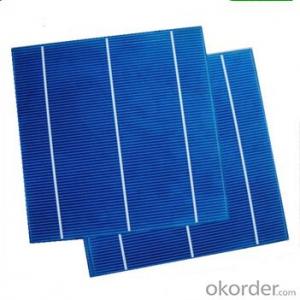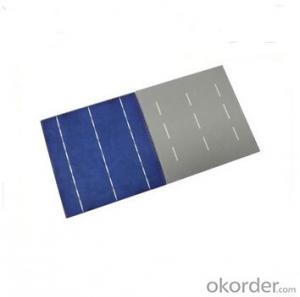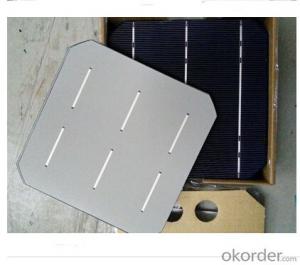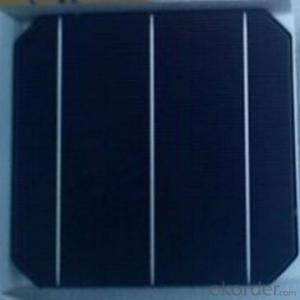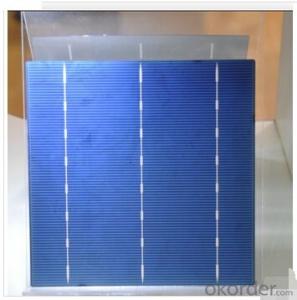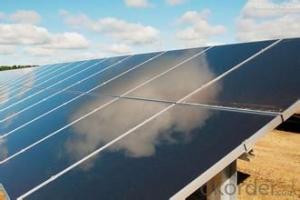Buy Solar Cells Online
Buy Solar Cells Online Related Searches
Except For Solar Cells Weegy Problems With Solar Cells High Power Solar Cells Light Trapping In Solar Cells High Performance Solar Cells High Output Solar Cells High Wattage Solar Cells Energy Transfer In Solar Cells High Efficiency Hvac Systems Recombination In Solar CellsHot Searches
Cheap Solar Cells For Sale Flexible Solar Cells For Sale Q Cells Solar Panels For Sale Printed Solar Cells For Sale Bulk Solar Cells For Sale 6x6 Solar Cells For Sale Broken Solar Cells For Sale Cpv Solar Cells For Sale Photoelectric Cells For Sale Price Of Silicon Solar Cells Price Of Solar Cells Over Time Buy Solar Cells From China Cheap Solar Cells China Best Type Of Solar Cells Flexible Solar Cells Price Q Cells Solar Panels Price 3 Types Of Solar Cells Production Of Solar Cells Common Types Of Solar Cells Q Cells Solar Panel PricesBuy Solar Cells Online Supplier & Manufacturer from China
Okorder.com is a professional Buy Solar Cells Online supplier & manufacturer, offers integrated one-stop services including real-time quoting and online cargo tracking. We are funded by CNBM Group, a Fortune 500 enterprise and the largest Buy Solar Cells Online firm in China.Hot Products
FAQ
- Yes, solar cells can be used for powering streetlights. Solar-powered streetlights are a sustainable and cost-effective solution that harnesses the energy from the sun using solar cells to generate electricity, making them independent of the power grid. This helps in reducing energy consumption and minimizing carbon emissions.
- The time required to install solar cells on a rooftop can vary depending on various factors such as the size of the system, the complexity of the installation, and the number of installers working on the project. On average, a residential rooftop solar installation can typically take anywhere from one to three days to complete. However, larger commercial or industrial installations may take longer, ranging from a few weeks to several months. It's always best to consult with a professional solar installer who can provide a more accurate estimate based on the specific project requirements.
- Yes, solar cells can be used to power water pumps. Solar cells convert sunlight into electricity, which can be used to operate water pumps. This offers a sustainable and environmentally-friendly solution for powering water pumps in areas where there is no access to electricity grids.
- Doping and Diffusion Principle in Solar Cell Processing
- The doping of semiconductors mainly relies on the principle of ion diffusion from high concentrations like low concentrations.
- Yes, solar cells can be used to power remote locations. Solar cells, also known as photovoltaic cells, convert sunlight into electricity, making them an ideal solution for off-grid and isolated areas where traditional power sources are not available or feasible to install. Solar panels can be easily set up in remote locations to harness solar energy and generate electricity, providing a reliable and sustainable power source for various applications such as lighting, communication systems, water pumping, and even small-scale industrial processes.
- The amount of energy a solar cell can generate depends on various factors such as its size, efficiency, and the available sunlight. On average, a standard solar cell can generate around 200 to 400 watts of electricity per square meter in optimal conditions. However, technological advancements continue to improve the efficiency of solar cells, allowing for higher energy generation in the future.
- Yes, solar cells can be used for heating. While solar cells primarily generate electricity from sunlight, they can also be employed in solar thermal systems to capture and convert sunlight into heat energy for various heating applications such as space heating and water heating.
- Yes, solar cells can be used for powering outdoor signage. Solar cells convert sunlight into electricity, which can be stored and used to power various devices, including outdoor signage. This allows the signage to operate independently of the electrical grid, making it a cost-effective and environmentally-friendly solution.
















